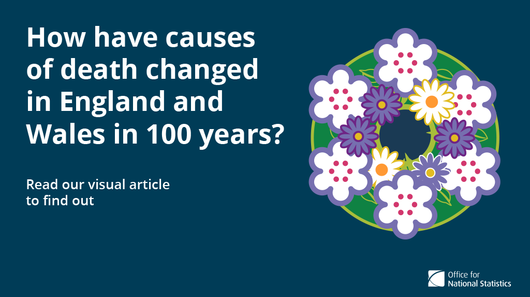Employment and labour market Contracts that do not guarantee a minimum number of hours: September 2017 Estimates of the number of employment contracts that do not guarantee a minimum number of hours are derived from our twice-yearly survey of businesses. They are complemented by estimates from the Labour Force Survey (LFS), a survey of households, of the number of people who report that they are on a "zero-hours contract" in their main job. This report includes the latest figures from the LFS for April to June 2017, first published in August 2017, as well as new estimates from the survey of businesses for May 2017. The results from the May 2017 survey of businesses indicated that there were 1.4 million contracts that did not guarantee a minimum number of hours, where work had actually been carried out under those contracts. This represented 5% of all employment contracts. The equivalent figures for May 2016 were 1.7 million and 5%. The number of contracts that did not guarantee a minimum number of hours has fallen on the year; however, their share of total contracts used is unchanged. Average weekly earnings, bonus payments in Great Britain: financial year ending 2017
In the financial year ending 2017 (April 2016 to March 2017), the combined value of all bonuses paid in Great Britain was a record £46.4 billion, growing by 6.5% on the financial year ending 2016 , surpassing the previous highest amount seen in the previous financial year.
The financial and insurance activities industry paid the highest average bonus per employee, at slightly under £14,770, while the health and social work industry paid the lowest average bonus per employee at close to zero. People, population and community Deaths registered in England and Wales, provisional: week ending 8 September 2017
The provisional number of deaths registered in England and Wales in the week ending 8 September 2017 (week 36) was 9,497; this represents an increase of 1,348 deaths registered in comparison with the previous week (week 35).
The average number of deaths for the corresponding week over the previous 5 years was 8,940. The top causes of death at the start of the 20th century were very different to those that we see today. Take a look at the top causes of death between 1915 and 2015 for different age groups and how those causes of death have changed over time.  | 
No comments:
Post a Comment